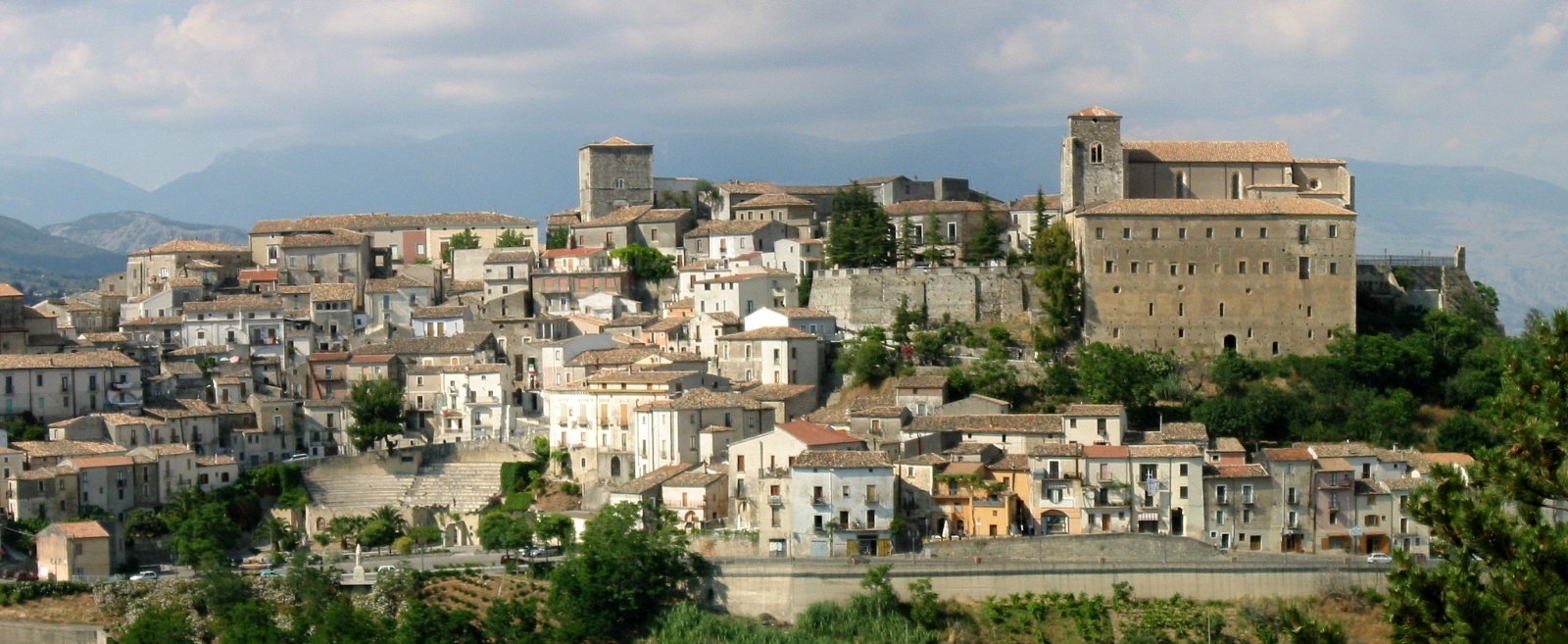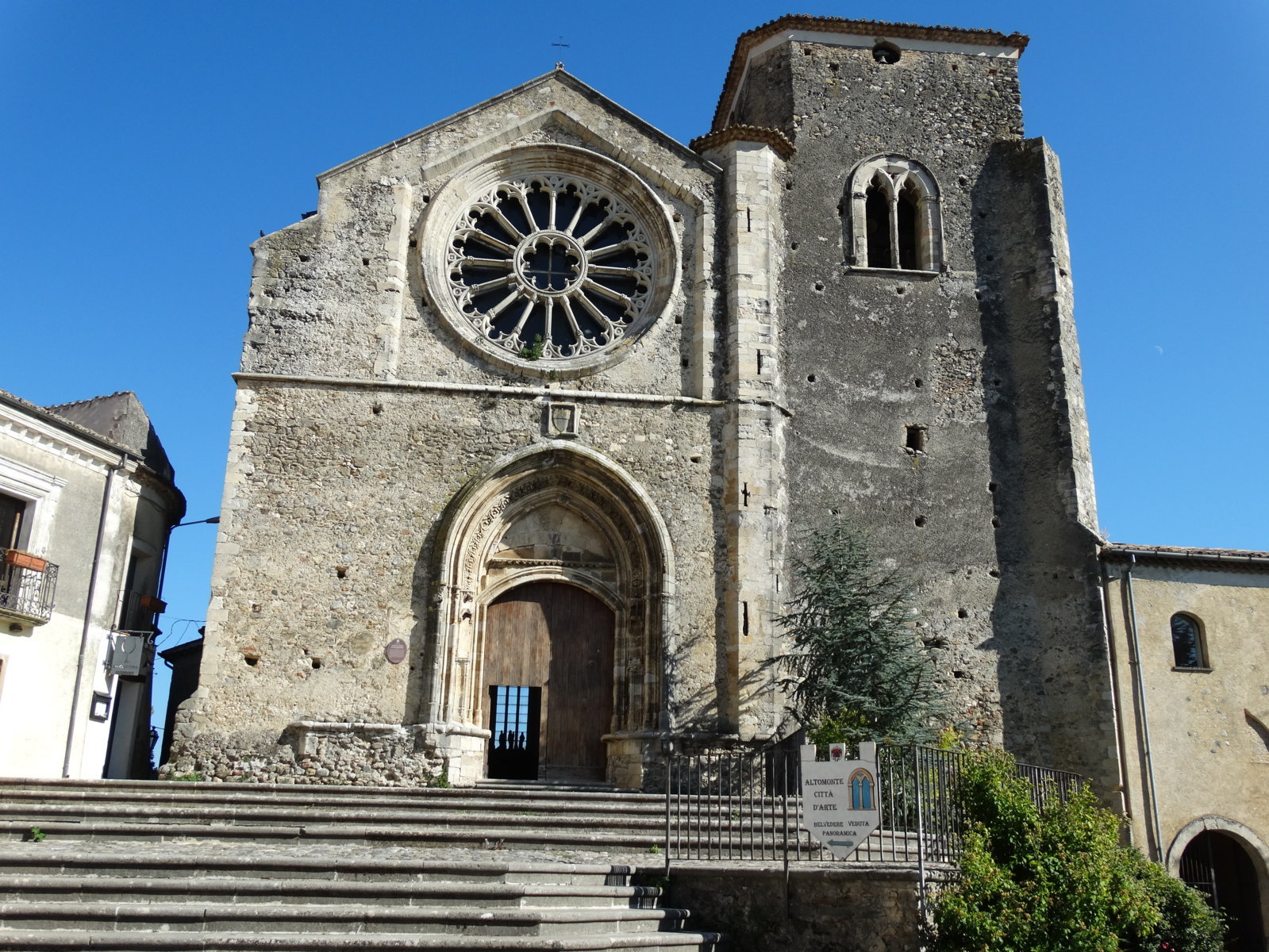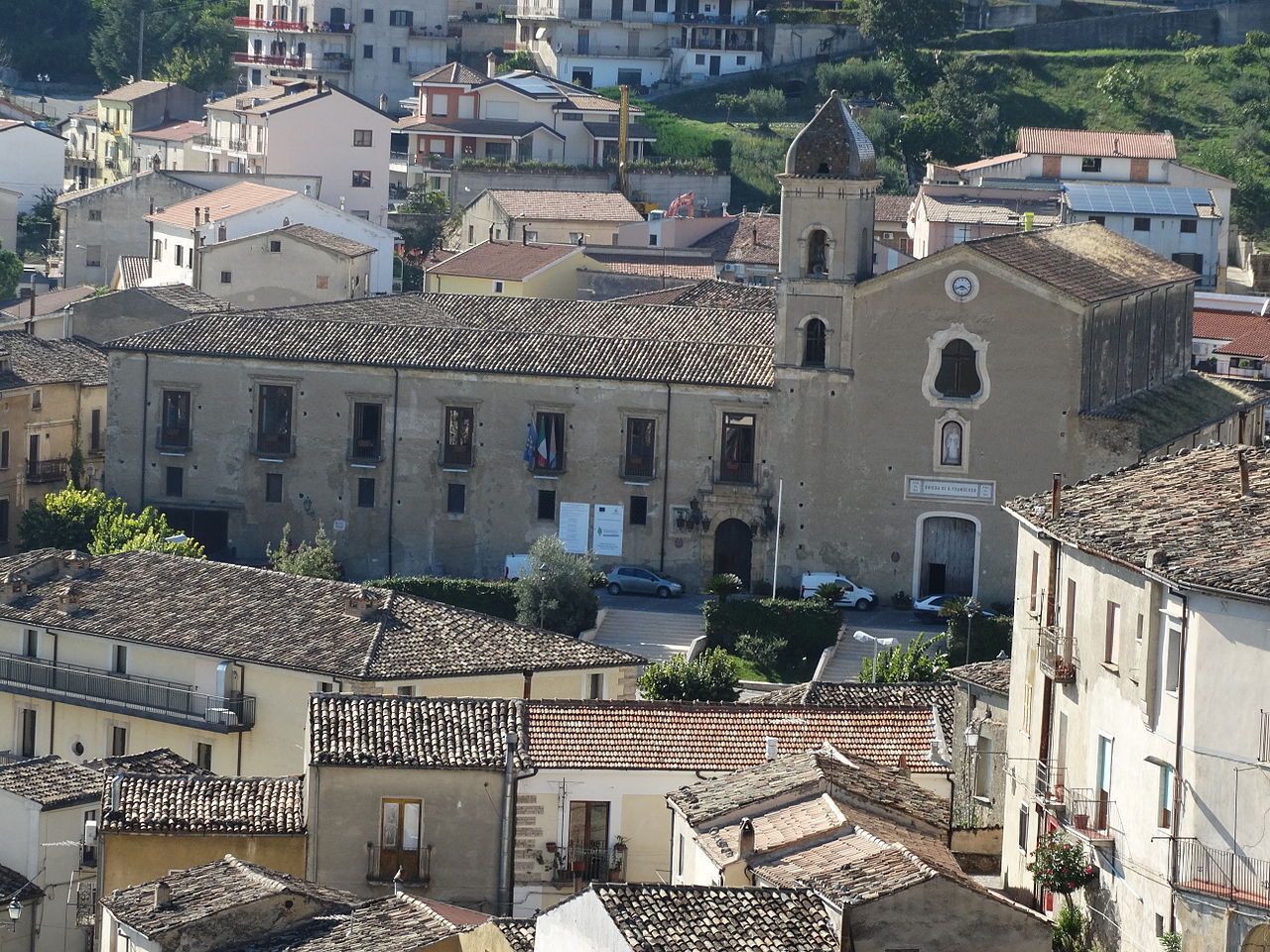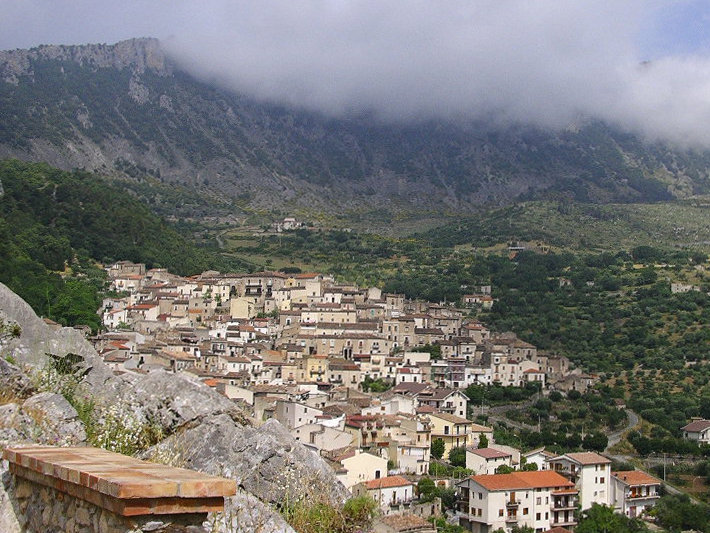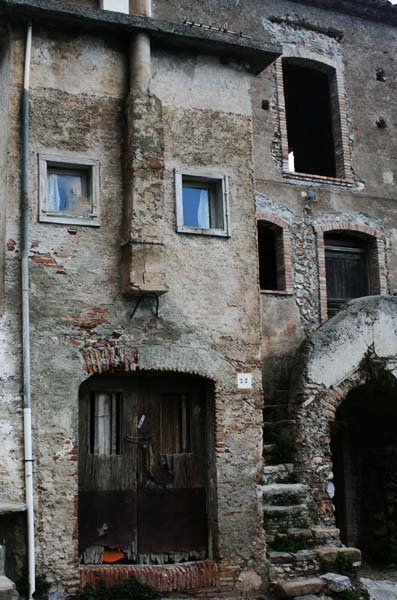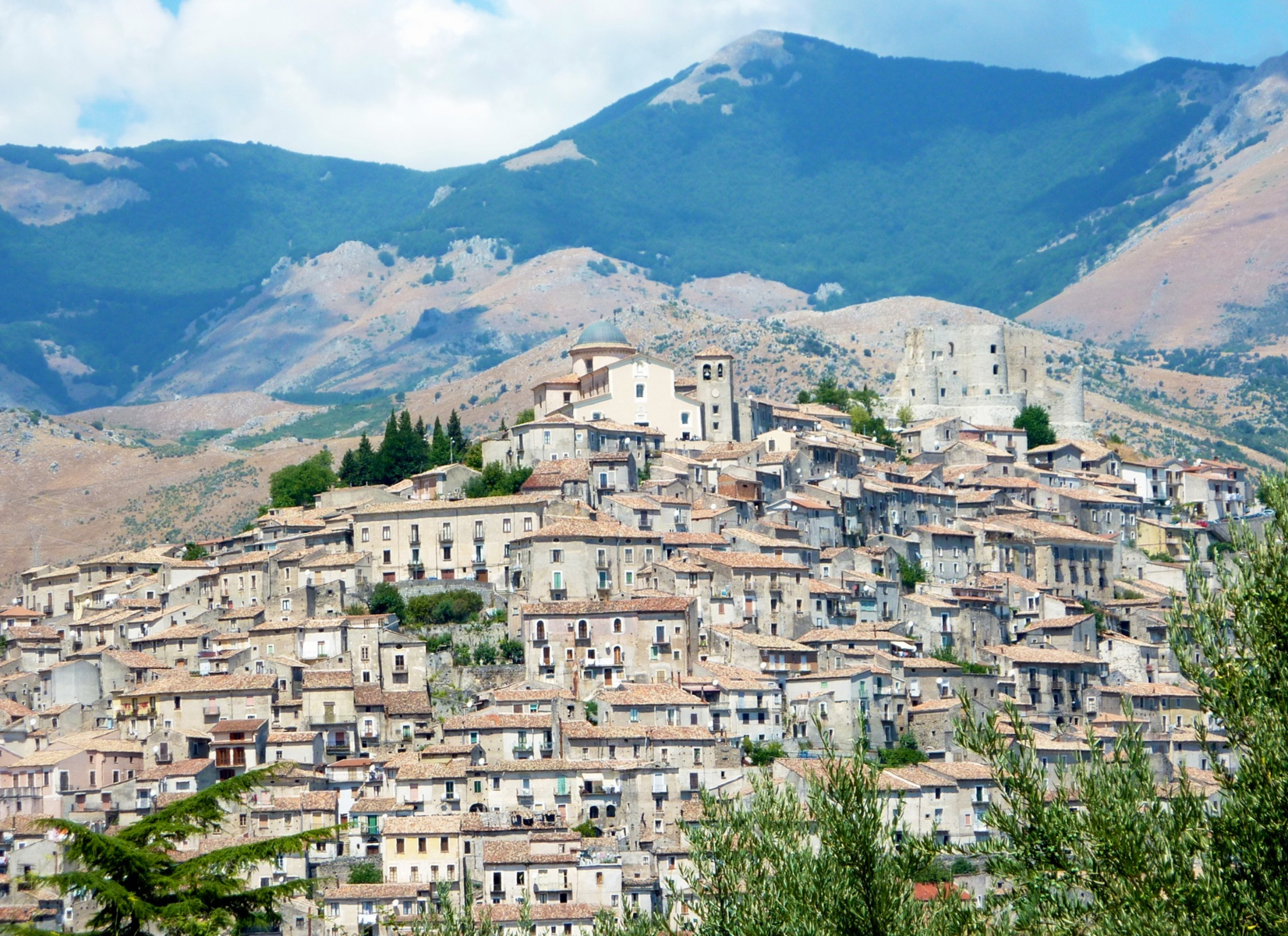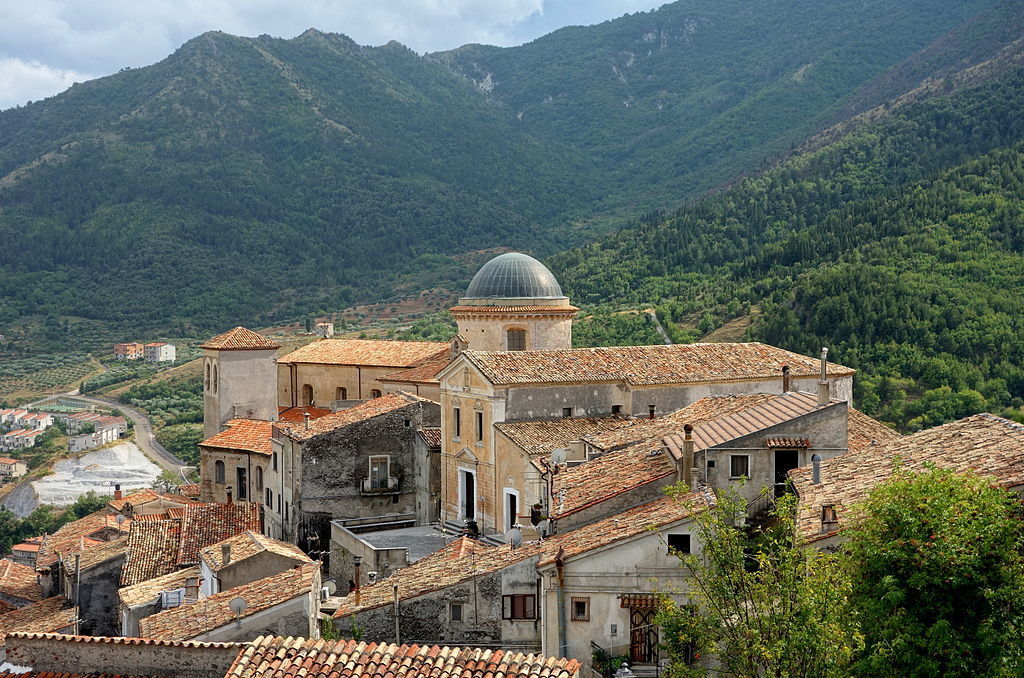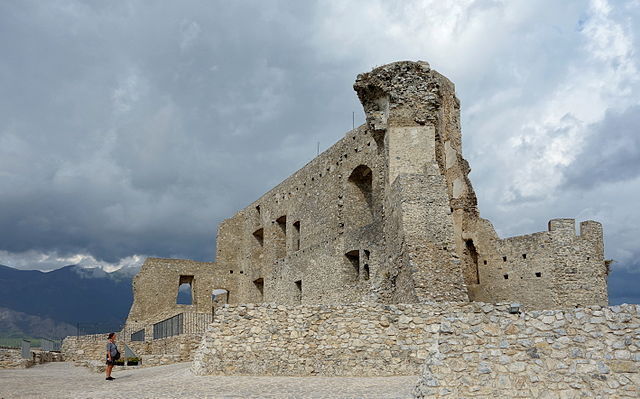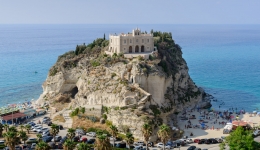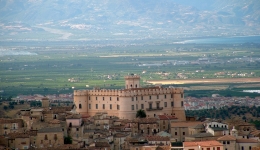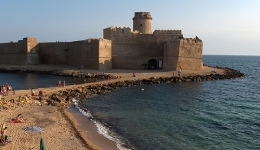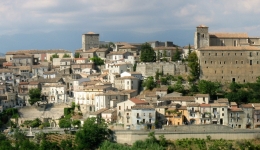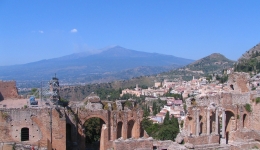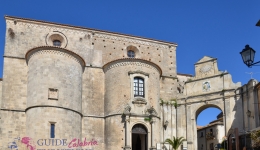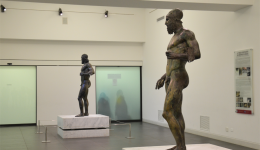This tour will lead you to the northern part of the province of Cosenza. It will start in Morano Calabro, whose position on the slopes of the Pollino massif, had a share in its development during the Greek-Roman age, and in its splendor in the Middle-Ages, Renaissance and under the feudal domination of the Sanseverino family. Since 2003 Morano is part of the circuit of “The most beautiful villages in Italy” and its name has been introduced in the list of European destinations of the European Commission’s project EDEN. The tour will carry on visiting the church of San Bernardino, rich of artworks, and the Maddalena collegiate church. From this point we will go to the San Nicola district to admire one of the oldest fountains of the town. The tour will also reach the collegiate church of Santi Pietro e Paolo, in which there are two statues of the sculptor Pietro Bernini, father of the more famous Gian Lorenzo, and, eventually the Norman- Hohenstaufen Castle built on the top of the old hamlet, from where it dominates the underlying valley. Thereafter we will go to Civita, whose landscapes are certainly between the most beautiful in Calabria. The town is famous because of the presence of one of the historic Albanian communities in Italy (arbëreshë). In Civita, or Çifti (in Albanian), the language of the ancestors is still commonly spoken and its inhabitants are, in fact, part of the Albanian national ethno- linguistic minority. We will visit the old town center with its typical arbëreshë stone houses, and the so-called Kodra houses, named in memory of the Albanian artist Ibrahim Kodra, who depicted them during a trip to Civita because he recognized in them some of its stylistic peculiarities. We will see as well the “devil’s bridge” a bridge that connects the two walls of a canyon digged by the river Raganello. We will have lunch in a typical restaurant in Civita before going to Altomonte. The town is one of “the most beautiful villages in Italy” too and also member of the association “Città del Pane”, “city of bread” for the enhancement and defense of the Italian bread culture. The city was famous during the Roman Age for its wine called balbino, the guided tour of the village will start in the San Francesco da Paola church, then you will join the Angevine church of Santa Maria della Consolazione and visit the Museum, whose building was previously a Dominican Abbey of XV century. In the Museum there are many important paintings like the one by the Sienese artist Simone Martini.
For more information about this itinerary, please contact us!







